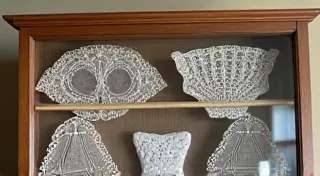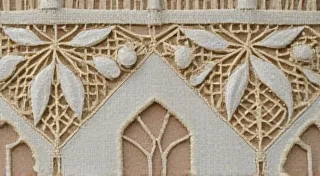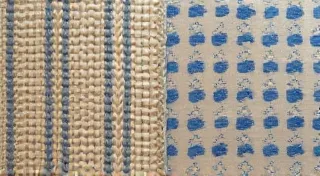The Silent Dialogue: Bobbin Lace as a Language of Lost Hands
Imagine holding a fragment of time, a whisper from a world long gone. Antique bobbin lace isn’t simply a decorative element; it's a form of silent communication, a tangible expression of the maker's skill, sensibility, and social standing. Each delicate thread, each intricate knot, speaks volumes about the hands that created it – a vocabulary etched in textile art, telling stories of patience, tradition, and perhaps, even longing. We often see it as ornamentation, gracing collars and cuffs, but to truly appreciate bobbin lace is to recognize it as a living language, a dialect spoken by artisans across centuries and continents.
My own fascination with bobbin lace began with a small, tattered piece found tucked away in my grandmother’s sewing box. It wasn’t particularly grand, just a square of cream-colored lace with a simple geometric pattern. But there was a weight to it, a sense of history that transcended its modest appearance. It felt as though I were holding a key, a fragment of a story I couldn’t quite decipher. I began to research, slowly piecing together the context – the likely origins, the techniques involved, the possible motivations of the woman who had created it. That small square became a portal, drawing me into the rich and complex world of antique bobbin lace.
The Craft: A Symphony of Twisting and Knotting
Bobbin lace, unlike needle lace, is created by winding continuous threads onto bobbins and then plied and knotted together to form a pattern. It’s a process that demands an extraordinary degree of dexterity, concentration, and a deep understanding of geometric principles. The maker must simultaneously control the tension of multiple threads while executing precise movements to create the desired design. While the basic mechanics are relatively straightforward to grasp, mastering the craft – achieving evenness of stitch, precision in knotting, and the ability to execute complex patterns – requires years of dedicated practice. The intricate geometry evident in these laces often reveals itself upon close inspection; it’s a world where simple shapes combine to create stunning complexity, prompting many to delve into fractured symmetry in collecting.
Early forms of bobbin lace, dating back to the 16th century, were largely concentrated in Northern Europe – Flanders (modern-day Belgium), Holland, and England. Initially, these laces were extraordinarily valuable, often considered more precious than jewels. Royalty and nobility clamored for them, adorning their garments and household linens with these exquisite creations. The artistry wasn't limited to the wealthy; entire communities built their livelihoods around lace making, creating intricate patterns that were passed down through generations. Understanding the context of this cultural importance frequently requires looking deeper into the history of bobbin lace making in specific regions.
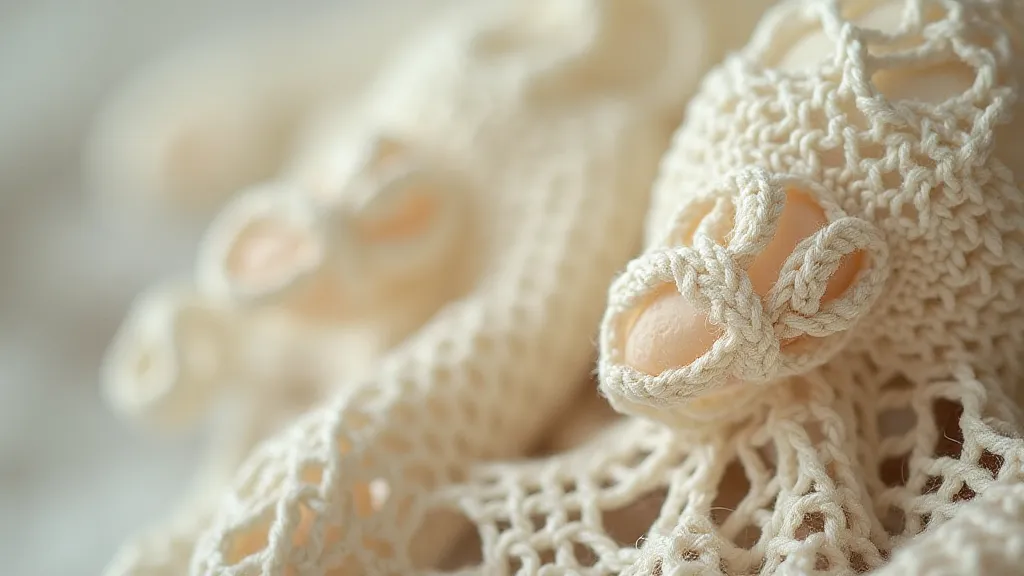
Regional Dialects: Variations in Stitch and Style
Just as spoken languages evolve and diverge geographically, so too did bobbin lace styles. Each region developed its own distinctive “dialect” characterized by variations in stitch tension, bobbin size, thread thickness, and design motifs. Flemish lace, for example, is known for its bold, geometric patterns and a characteristic "ground" – a background netting often punctuated with small floral or figurative elements. Dutch lace often features more delicate patterns with a greater emphasis on floral and animal motifs. English lace, particularly Torchon lace from Cheshire, often showcases a simpler, more rustic aesthetic.
Consider the subtle differences in ground techniques. In some regions, the ground is tightly drawn, creating a crisp, defined look. In others, it’s looser and more open, creating a softer, more flowing appearance. These differences aren't arbitrary; they reflect regional preferences, available materials, and the overall aesthetic sensibility of the time. A skilled collector or restorer learns to recognize these nuances, using them as clues to determine the origin and approximate age of a piece. The influence of surrounding cultural elements frequently shaped these distinctions, impacting everything from color palettes to design motifs.
Family Traditions: The Intimate Handprint
Beyond regional variations, individual families often developed their own distinctive styles, passed down through generations. Recipes for lace patterns were often closely guarded secrets, carefully transcribed into notebooks or memorized and transmitted orally. These family traditions weren’t simply about replicating existing patterns; they often involved incorporating subtle modifications and embellishments, creating a unique family “signature.” The ability to identify these signatures is akin to a linguistic skill, requiring a deep understanding of patterns and motifs, much like understanding the nuances of regional dialects. To truly understand the influences that shaped these styles, one might consider delving into specific cultural elements.
Imagine a young girl learning the craft from her mother or grandmother, painstakingly recreating the same patterns year after year. With each iteration, she would inevitably introduce her own subtle changes – a slightly tighter knot, a different color thread, a new embellishment. These seemingly insignificant variations, accumulated over time, contribute to the unique character of a family’s legacy. The impact of these cultural influences is undeniable, shaping the very identity of these intricate textiles.
Identifying these family “signatures” can be incredibly challenging, requiring a deep understanding of historical patterns and a keen eye for detail. However, the rewards are immense – the chance to connect with the individual artisan behind the lace, to glimpse into their world, and to appreciate the depth of their skill and creativity.
Materials and Motifs: Whispers of the Maker's Intentions
The materials used in bobbin lace production also provide valuable clues about the maker’s intentions and the social context of the lace. Historically, the finest bobbin laces were made from linen thread, prized for its strength, luster, and ability to take dye beautifully. However, other materials, such as cotton and silk, were also used, depending on availability and affordability. The color of the thread can also provide clues; while white and cream were the most common colors, vibrant hues were used for special occasions or to create more elaborate designs. Often, the motifs employed provided additional context, reflecting the beliefs and values of the time. Floral motifs, symbolic of beauty and purity, were particularly prevalent.
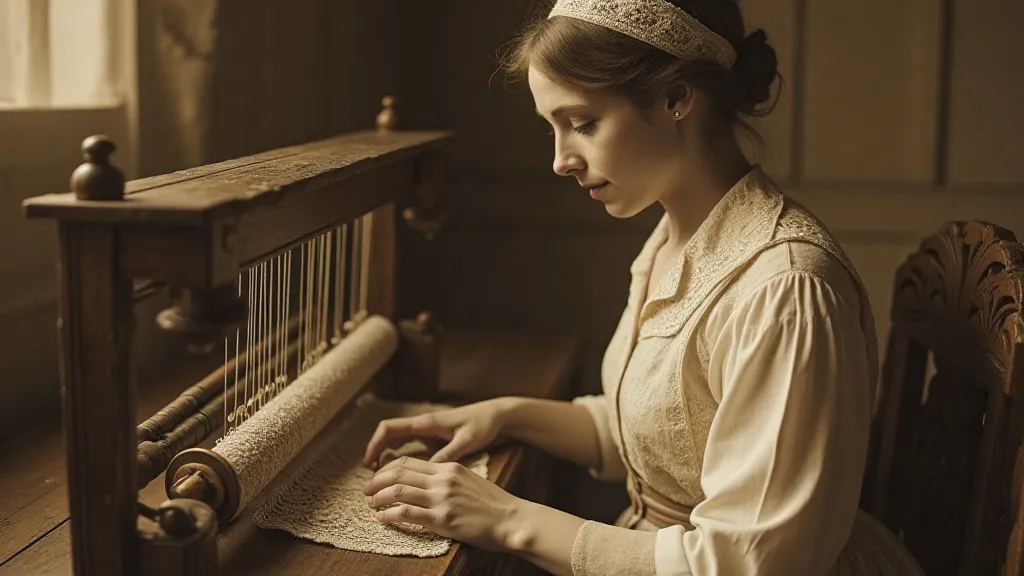
Motifs used in bobbin lace often held symbolic meaning, reflecting the beliefs, values, and cultural traditions of the time. Floral motifs, such as roses, lilies, and violets, were popular symbols of love, beauty, and purity. Animal motifs, such as birds, butterflies, and deer, often represented grace, freedom, and abundance. Geometric patterns, such as diamonds, squares, and triangles, often held religious or mystical significance. Examining the integration of these elements can offer profound insights into the maker's cultural landscape.
Preserving the Language: Collecting and Restoration
The fragility of bobbin lace necessitates careful handling and preservation. Antique pieces are often damaged by moths, humidity, and general wear and tear. Restoration can be a delicate process, requiring specialized knowledge and skills. A good restorer aims to stabilize the lace, repair any damage, and preserve as much of the original material as possible, avoiding any interventions that might compromise the integrity of the piece. It’s a meticulous process, requiring not just technical expertise but also a deep respect for the artistry and cultural significance of the piece.
Collecting antique bobbin lace can be a deeply rewarding experience. It's not simply about acquiring beautiful objects; it's about connecting with history, appreciating craftsmanship, and preserving a unique cultural heritage. By studying the subtle variations in stitch, material, and design, we can begin to decipher the language of these lost hands, reconstructing a sense of their creative intentions and personal narratives. Each piece tells a story – a silent dialogue waiting to be understood.
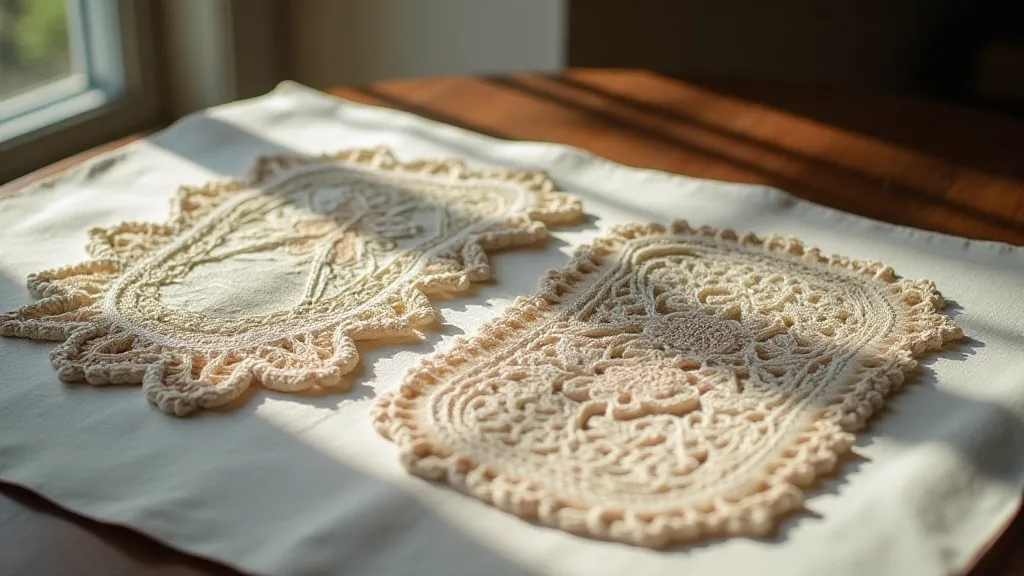
Ultimately, the beauty of antique bobbin lace lies not only in its aesthetic appeal but also in its capacity to evoke a sense of connection to the past – to the skilled artisans who poured their hearts and souls into creating these exquisite works of textile art. They left behind a language of the hands, waiting for us to listen. The creative choices made, the materials employed, and the motifs incorporated all contribute to a rich tapestry of cultural significance, inviting us to contemplate the lives and aspirations of those who came before us.
For those interested in exploring the rich history and traditions surrounding bobbin lace, a deeper dive into specific cultural elements can prove enlightening.
